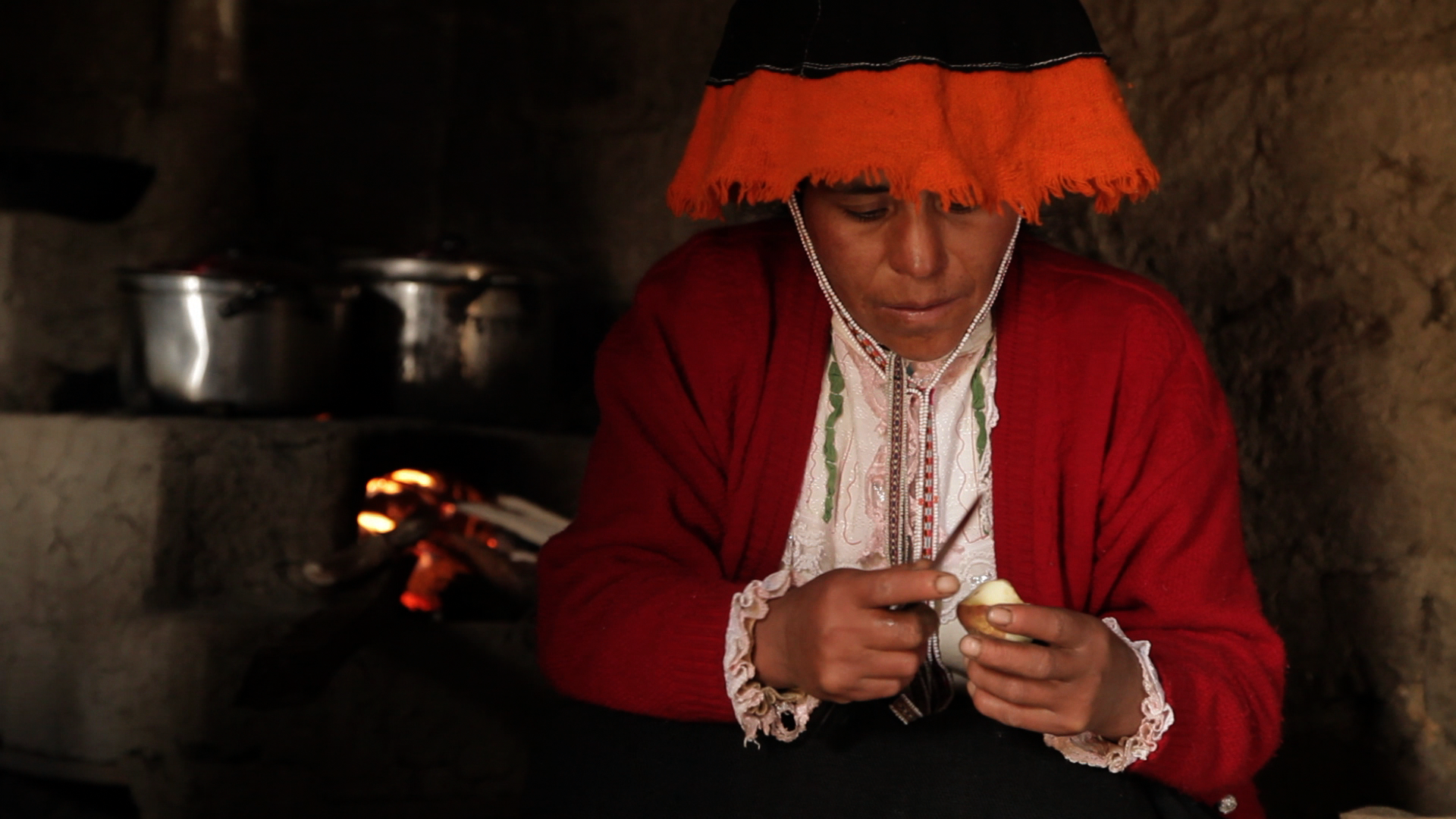Last week my husband and I had the delightful privilege of staying at the Opinicon, Elgnin, ON, one of the last great resort hotels on the Rideau. I say privilege, because when I last stayed there in 2012, things were looking pretty grim; it was fully expected it would be the last time. She closed, and lay vacant for over 2 years. Speculation was rampant: Would the property be bought up, and turned into condos or expensive houses? Would someone come along, and see the gem in the rough, and lovingly restore her? Those who knew her and loved her, hoped for the latter. As luck had it, she was bought by the founders of Shopify in January of this year, and since then, it has been a mad rush to restore, rebuild, paint, and get the old girl on her feet again.
This has been an amazing transformation. In the few short months they’ve had to work with, the kitchen and dining areas have been renovated and transformed to dazzling effect. The menu is brand new, they have a liquor license, and a pub is brewing for the future. We have credit cards and wifi. The grounds are once again beautiful and manicured, gardens sprouting up across the front, planters and flowers all over, and a new kitchen garden behind the store. Liberally sprinkled over the property are the signature red Adirondack chairs (more are needed in certain areas). The boat dock is restored, with a brand new gas pump for boaters. A new laundry room is also available for the boating set. Alas, the store is not open yet (coming soon), but one great note of culinary delight: They have an ice cream bar. It is amazing what can be accomplished in six months. And yes, some cabins are up to snuff and can be rented; we stayed in Elm. Everything was very clean and some nice amenities have been added, like Blue Ginger shampoo, conditioner and soap in the bathroom, with tons of towels. Instead of the daily water deliveries, there are now standard water coolers, with both hot and cold water. Ice is still delivered daily to the small fridge.
So, now for the tasty part. The food. For lunch I had the fish and chips, in this case it is perch. Now, this particular fish and chips has a history, and those that have visited the Opinicon in the past know the story: In between courses, they would bring out little plates of deep fried perch tidbits. Always was the highlight of my meal. Now you can get a whole plate of it!! Chips were excellent. Hubby had the buffalo burger, and declared it excellent. Along with wine and beer. We were happy campers.
Only a short five hours later, it was dinner. Not quite understanding the ordering system yet, we ended up ordering way too much food. Little take out boxes became the order of the evening. We started out with a gin martini each, and moved on to the charcuterie board for me. It was huge, I was warned, but we (notice we) dove in. There were all kinds of sausages and salamis, brie, olive tapenade, cheddars, just to name a few. Then the soup came, a chunky beef vegetable. Not a cup, a bowl. Oh no, how is one to eat all this? The soup was excellent, with large chunks of tender beef, carrot, potato, onion & herbs. You could tell this one was homemade. Just like mine in fact. Very impressive.
The main course came, as we both had ordered the beef tenderloin. This was a superb entrée: A perfect sized beef tenderloin with sauce, but the brilliant part was some caramelized sugar on top, just like crème brulee, but on beef. It came with delicious mashed potatoes and stir-fried snap peas. And as these things happen, dessert came along, I having the flourless chocolate torte, and Bob the pie. We left as a couple of very happy, completely overfull, campers.
I should add, many ingredients are locally sourced or grown/produced on site. The kitchen had only been open about a week, but on a Wednesday, the place was packed. It was very nice to see.
It is delightful to see the Opinicon back up and running, complete with some of her typical quirkiness, which now has been balanced by an entrance into the 21st century. Those of us who knew her of yore knew no credit cards, no wifi, no alcohol. All that has changed now, but what was equally refreshing was to see some of the original staff there, in familiar, if even in slightly different roles. While many more upgrades and some changes are promised in the future, it is good to see the new owners balancing keeping the old Opinicon that everyone knew and loved, with a modern, fresh approach. To that end, they have succeeded. See links below, give them a call, have dinner, or stay overnight. You will not be disappointed.
Important links:
The Opinicon. www.opinicon.com. 1697 Chaffeys Lock Rd., Elgin, ON K0G 1E0. Phone: 613-359-5233.
References:
Ottawa Citizen. http://ottawacitizen.com/business/local-business/historic-valley-resort-opinicon-bought-and-will-be-restored Last accessed July 7, 2015.


























